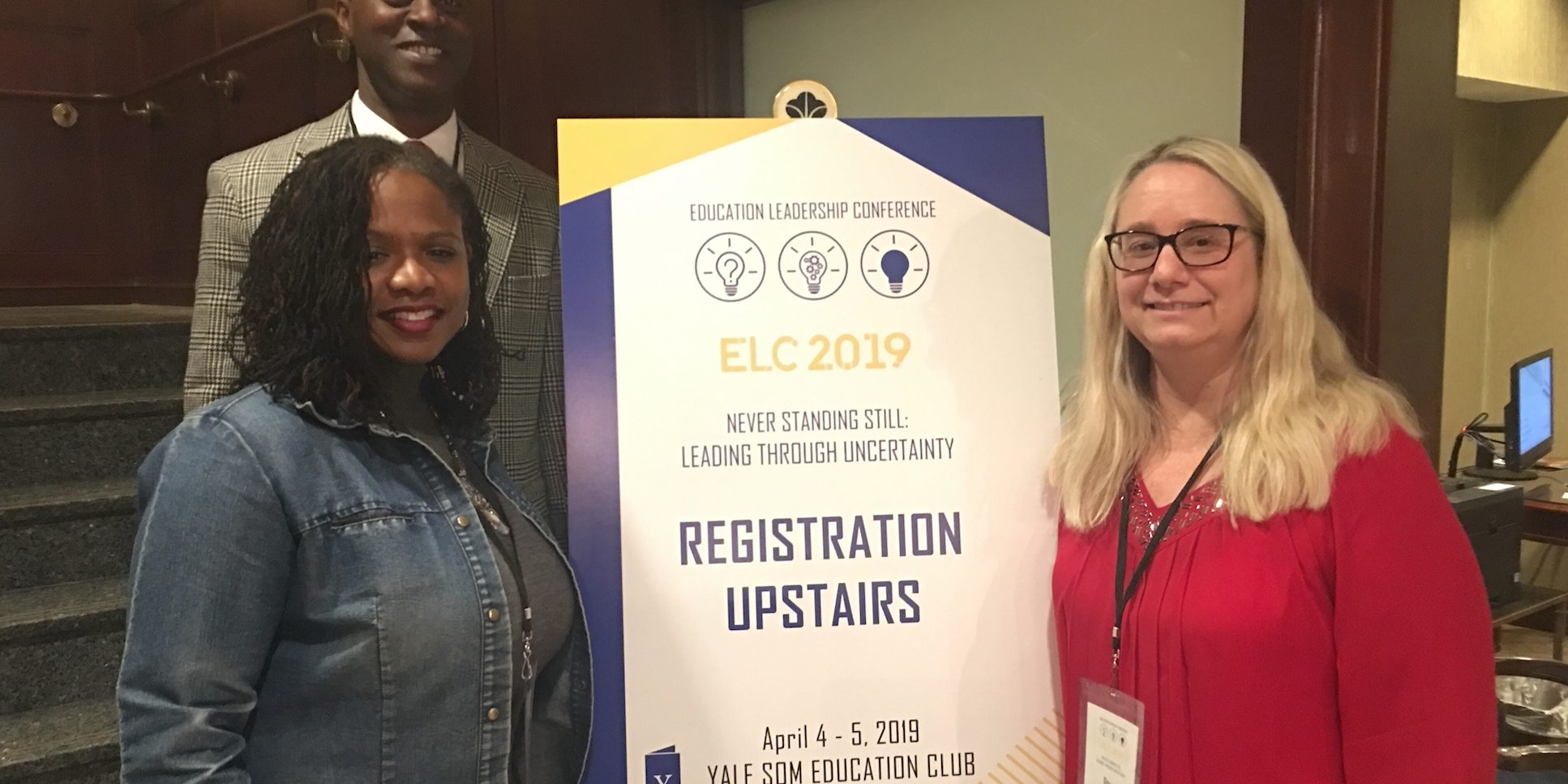Earlier this month, I moderated a panel discussion, “Promise Neighborhoods at 10 Years Old,” at the Yale School of Management’s 2019 Education Leadership Conference.
Promise Neighborhoods communities share our belief that every child should have the opportunity to succeed in school and in life, regardless of race, zip code or circumstance. The purpose of Promise Neighborhoods is to transform communities to support cradle-to-career solutions and get better results for children and youth. The program is a great example of the federal government seeding an innovative approach for improving outcomes in the nonprofit sector. StriveTogether is proud to partner with PolicyLink, which leads the Promise Neighborhoods Institute, to accelerate the achievement of equitable results for kids and families.
Directors from three Promise Neighborhoods participated on the panel:
- Dreama Gentry, Partners for Education in Appalachian Kentucky
- Richard Raya, Mission Promise Neighborhood in San Francisco
- Sondra Samuels, Northside Achievement Zone in Minneapolis
Dr. Betina Jean-Louis of the Harlem Children’s Zone in New York City also joined us for this discussion, which focused on children in these communities being just as capable of living successful and fulfilling lives as peers from more advantaged backgrounds and communities. But we need to change current systems, practices and policies to support the trajectory of these children toward future opportunities and upward mobility.
The neighborhoods represented by this panel couldn’t have been more diverse. They represent large populations of children from rural, overwhelmingly white to urban, overwhelmingly Latino and urban, overwhelmingly black. The organizations behind these cradle-to-career, cross-sector collective impact approaches have their origins in the sectors of nonprofit, financial and housing assistance, and higher education. Here are four insights they have in common despite these differences:
- Outcomes are impacted by what takes place at school, at home and in communities. Improving student outcomes means intentionally linking the unique needs of children in all settings with all parties who have a contribution to make in this work.
- Stakeholder decision-making must be grounded in data. First, this means data must be accessible to communities and stakeholders at the whole population level and individual level. Also, it must be disaggregated by race and other factors so that inequities can be properly identified.
- Community members and youth must be a part of the solution. Ownership of strategies to transform communities and neighborhoods can only be reached through co-design of solutions.
- Strong school partnerships are essential. Trust and results have to be front and center. Trust is constantly built or broken, and it’s always fluid. Results for every child have to be constantly lifted up and held as the fixture for collective efforts to improve.
The Promise Neighborhoods program infuses millions of dollars over fixed periods of time —typically $30 million over five years — into the most distressed communities across America, with the intention of creating and sustaining cradle-to-career support for children and youth. These grants are ideal seeds of innovation that can be nurtured over time and scaled by neighborhoods that join StriveTogether’s national network after the grant period end. They provide an incredible boost of financial resources and technical assistance for a model collective impact approach that the StriveTogether framework and Cradle to Career Network can sustain over the long term.
Promise Neighborhoods and StriveTogether can serve as an example where government plants the seeds of innovation in a community, and the nonprofit sector cultivates and makes possible the full blossom of sustainability and community transformation.






